Gardening can be a rewarding experience, but it’s not without its challenges. Some vegetables, including those typically favored as vegetables to grow in summer, are notoriously difficult to cultivate. They require specific conditions, care, and patience.
Here are some of the more challenging things to grow and care for in your garden…
The 10 Hardest Vegetables to Grow
- Cauliflower: This vegetable requires blanching for a white head and prefers cooler temperatures (65 to 80 degrees Fahrenheit) and consistent moisture levels. It’s susceptible to cabbage worms, diseases, and temperature fluctuations, making it a challenging vegetable to grow due to its specific growing conditions and long growing season.
- Celery: Celery requires a lot of moisture and well-watered soil. It has a long growing season (120 to 180 days) and is challenging to grow in hot climates. It’s sensitive to temperature changes and calcium deficiency and is susceptible to pests and diseases.
- Sweet Corn: Sweet corn requires careful variety selection to avoid cross-pollination. It’s wind-pollinated and needs proper spacing (15 to 20 plants in a square shape). It’s prone to pests, diseases, and nutrient deficiencies, and temperature fluctuations can affect its growth. It also has a long growing season.
- Eggplant: Eggplants are sensitive to temperature fluctuations, especially cold temperatures. They’re vulnerable to pests like flea beetles and diseases. Row covers and pesticides can help control pests, but they require careful pest management. They’re challenging but rewarding to grow in suitable regions.
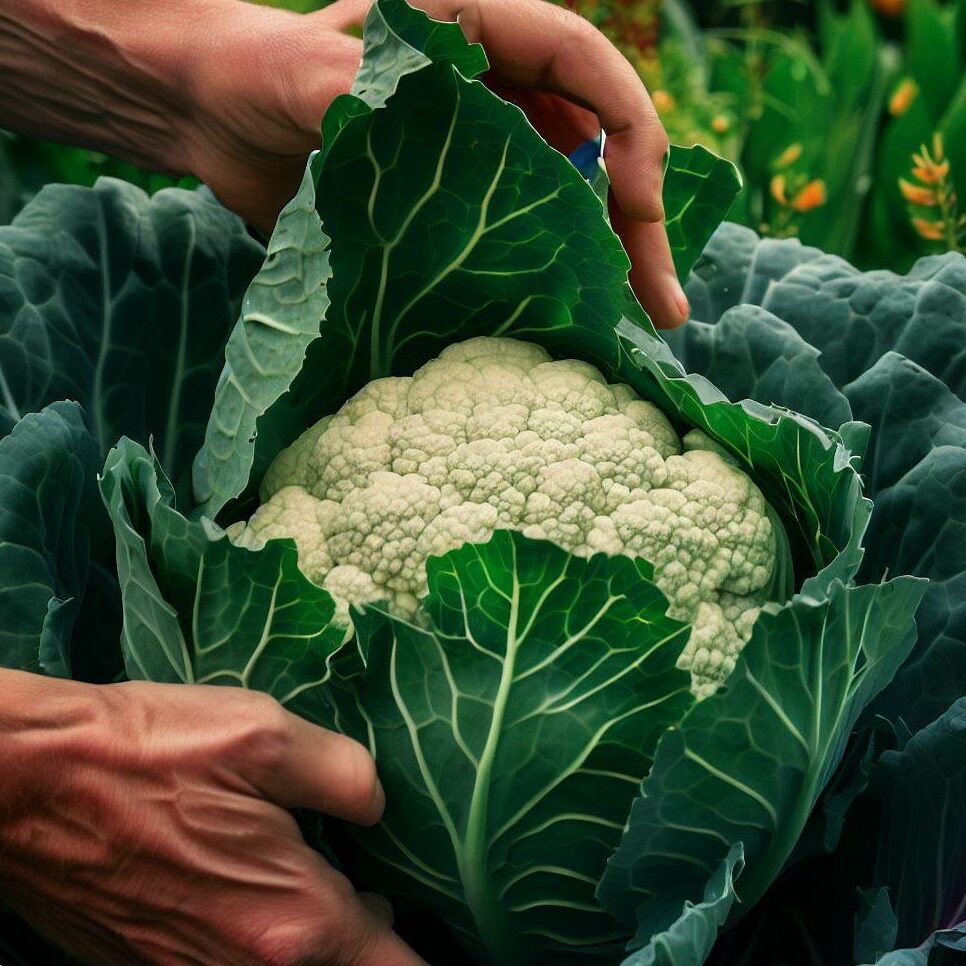
- Head Lettuce: Head lettuce needs uniform watering and protection from temperature fluctuations to prevent bolting. It requires specific sun/shade conditions to avoid bolting and is vulnerable to pests and diseases. It has a longer growing period compared to leaf lettuce, and careful attention and care are necessary.
- Carrots: Carrots require well-tilled, pebble-free, and loose soil. They’re challenging to grow in clay soils; raised beds can help. They’re sensitive to soil temperature and moisture for germination and are prone to nematodes, pests, and diseases. Soil composition and moisture management are crucial for growing carrots.
- Onion: Different onion varieties have specific daylight requirements. Proper selection and planting time are crucial for a good crop. They require specific growing conditions and care.
- Sweet Potato: Sweet potatoes require a long, hot growing season (over 100 days). They’re unsuitable for cold soil and are better suited to southern climates. Raised beds and row covers can protect seedlings from cold. They require specific growing conditions and care.
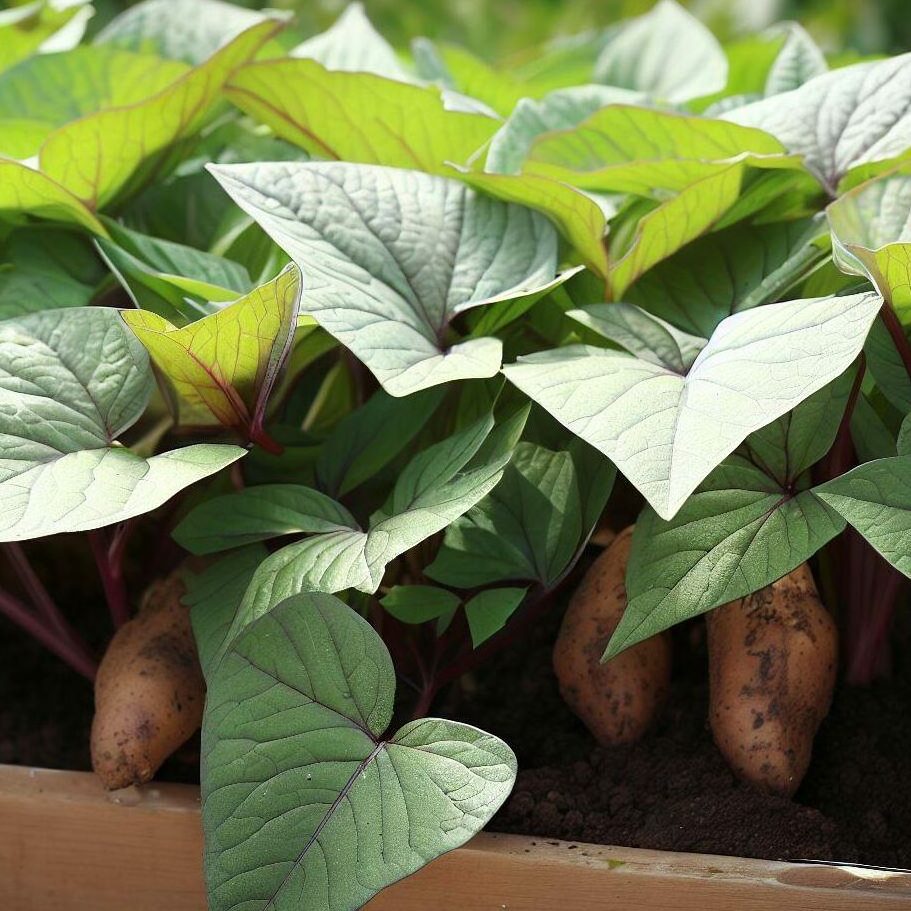
- Artichoke: Artichokes are climate-specific; they’re perennial in Mediterranean regions. They can be grown as an annual in cold winter and hot summer areas. They’re vulnerable to aphids, viruses, damping off, and other diseases. They require specific growing conditions and careful monitoring.
- Potatoes: Weather conditions affect potato growth and harvest. Lack of rain leads to small potatoes, while excessive moisture can cause rot. The Colorado potato beetle is a major pest for potato plants. They require well-draining soil, moderate watering, and manual pest control. Growing potatoes is labor-intensive and requires significant garden space.
Seeds That Are Hard to Germinate
Germinating seeds is the first step in growing vegetables, but some seeds can be difficult to germinate due to various factors. Here are some examples:
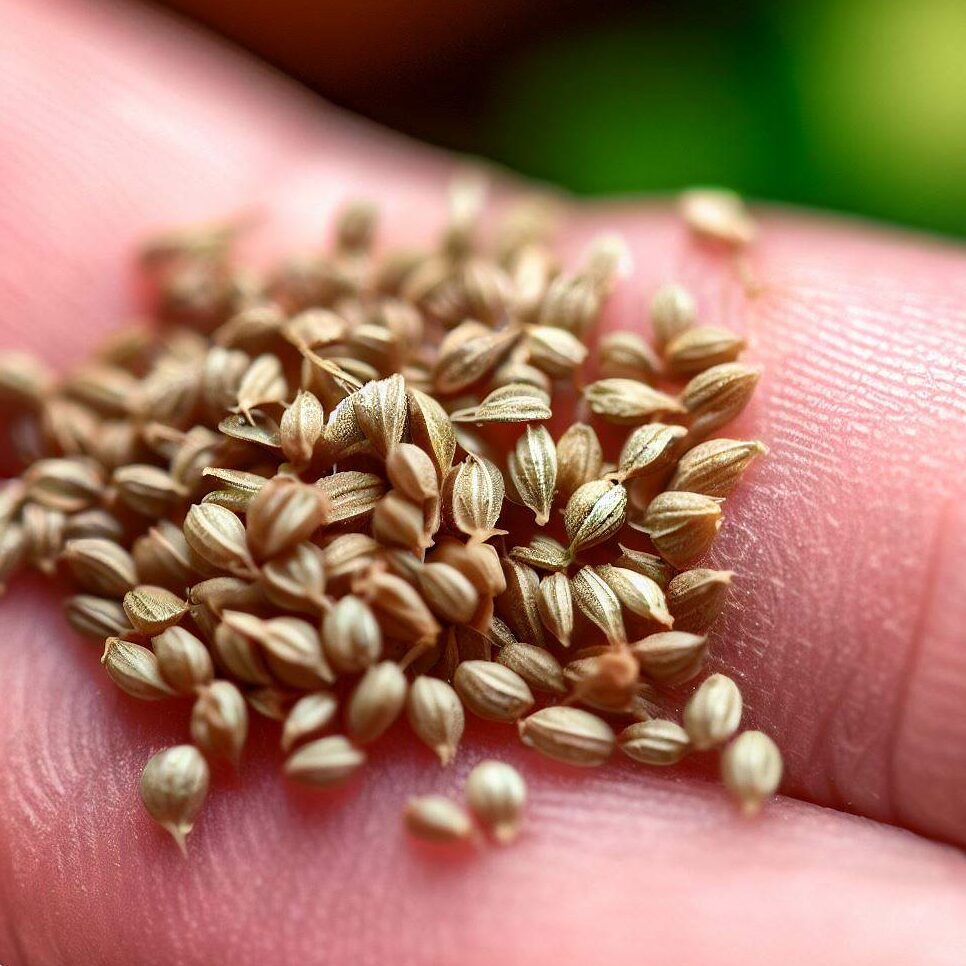
- Celery: Celery seeds are tiny and require a consistent temperature of around 70 degrees Fahrenheit and constant moisture. They also need light to germinate.
- Sweet Corn: These seeds can rot in cold, wet soil. Wait until the soil has warmed to at least 60 degrees Fahrenheit before planting.
- Carrots: Carrot seeds are small and can take up to three weeks to germinate. They need to be sown shallowly and kept consistently moist.
- Parsley: Parsley seeds have a hard outer shell that can slow germination. Soaking the seeds in warm water before planting can help.
- Peppers: Pepper seeds require warm soil temperatures to germinate and can take up to three weeks.
- Parsnips: Parsnip seeds are slow to germinate and need to be sown about 1/2 inch deep in well-draining soil.
With patience and the right conditions, these challenging seeds can successfully germinate.
Vegetables That Take a Long Time to Grow
Although some vegetables grow quickly and easily, growing some vegetables can be a test of patience, especially when dealing with varieties that have a long growing season. Here are some examples:
- Celery: Celery has a long growing season of 120 to 180 days. It requires consistent moisture and temperature control.
- Sweet Corn: Sweet corn also has a long growing season and requires warm climates and soils for optimal growth.
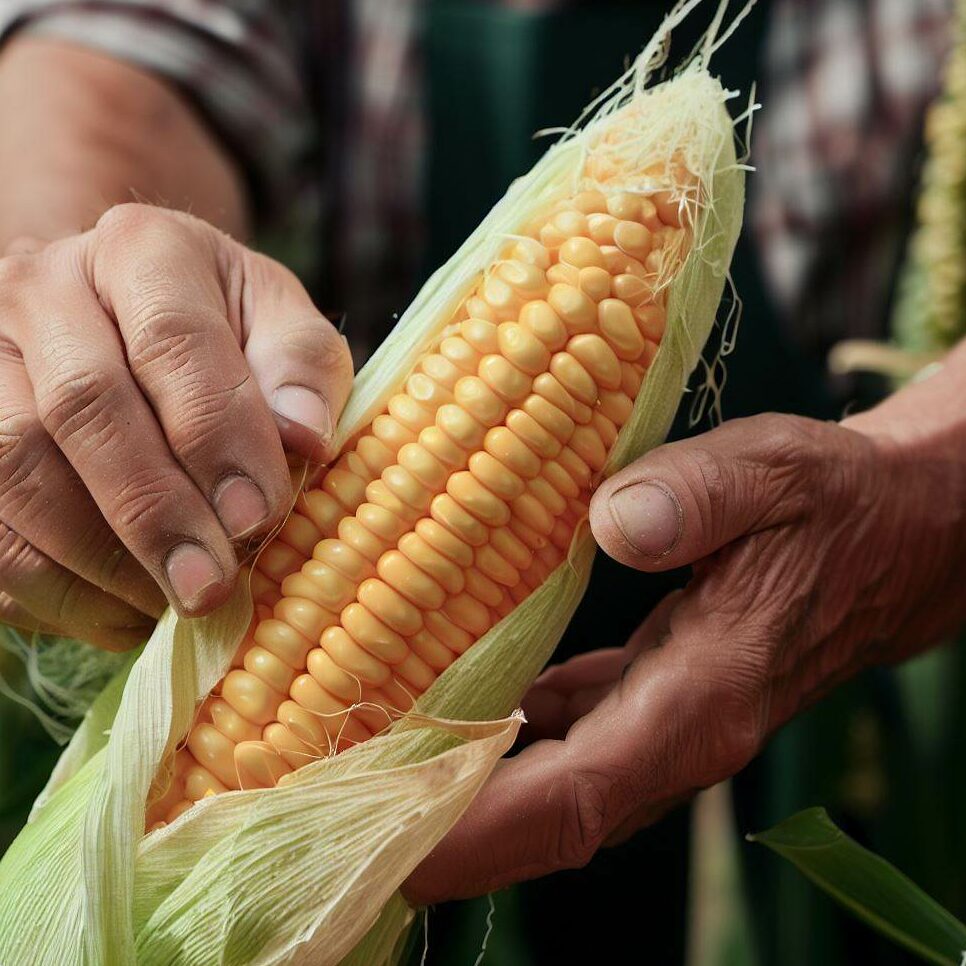
- Muskmelons: Muskmelons require a long growing season and warm conditions. They need specific spacing between plants and are susceptible to diseases and pests.
- Sweet Potatoes: Sweet potatoes require a long, hot growing season of over 100 days. They are better suited to southern climates and require specific growing conditions and care.
- Artichokes: Artichokes are climate-specific and can be grown as an annual in cold winter and hot summer areas. They require specific growing conditions and careful monitoring.
- Cauliflower: Cauliflower requires blanching for a white head and prefers cooler temperatures. It has a long growing season and is susceptible to various challenges.
Patience, care, and attention to specific growing conditions are key when growing these vegetables.
Vegetables That Are Hard to Harvest
Harvesting vegetables can sometimes be a challenge due to the growth habits of the plants or the care required to avoid damaging the plant or fruit. Here are some examples:
- Cauliflower: Harvesting cauliflower requires blanching for a white head. This involves tying the leaves over the head of the cauliflower when it’s about the size of an egg, which can be a delicate and time-consuming process.
- Potatoes: Potatoes can be challenging to harvest as they require careful digging to avoid damaging the tubers.
- Celery: Celery stalks need to be cut from the base of the plant, which can be a meticulous process to avoid damaging the plant and remaining stalks.
- Sweet Corn: Harvesting sweet corn requires careful timing to ensure the kernels are at their peak of sweetness. The ears must be carefully pulled from the stalks to avoid damaging the plant.
- Onions: Onions need to be carefully dug up to avoid damaging the bulbs. The tops also need to be properly dried before storage.
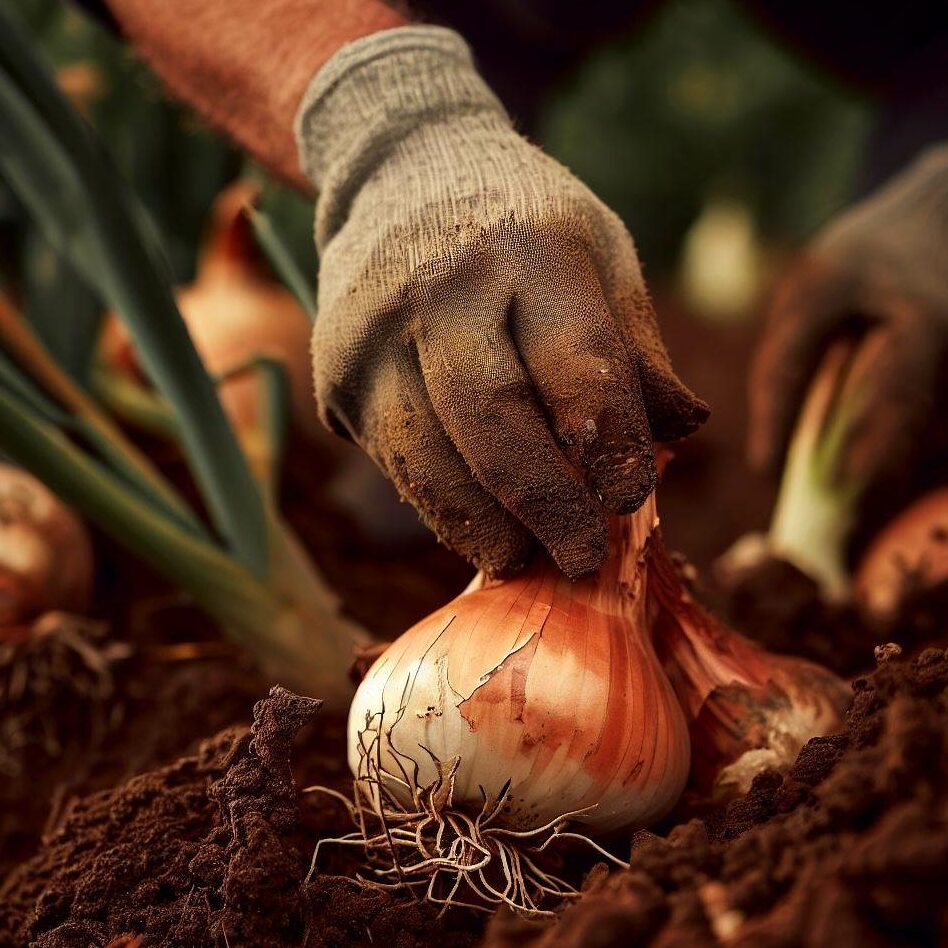
- Artichokes: Artichokes need to be cut from the plant without damaging the remaining buds. The timing of the harvest is also crucial to ensure the buds are tender and not too mature.
With careful handling and attention to detail, these vegetables can be successfully harvested without damaging the plant or the fruit.
Hardest Fruit to Grow
Growing fruits can also present challenges, with some requiring specific conditions and care. Here are some examples:
- Muskmelons: Muskmelons require a long growing season, warm climate and soil, and specific spacing between plants. They are also susceptible to diseases and pests like cucumber beetles.
- Blueberries: Blueberries require acidic soil and a lot of water. They are also susceptible to birds, who love to eat the berries.
- Peaches: Peaches require a lot of care to prevent diseases and pests. They also need a certain amount of chill hours in the winter to produce fruit.
- Raspberries: Raspberries can be prone to diseases and pests. They also require a lot of pruning and care.
- Cherries: Cherries require a lot of care to prevent diseases and pests. They also need a certain amount of chill hours in the winter to produce fruit.
- Grapes: Grapes require a lot of care and specific soil and climate conditions. They are also susceptible to a variety of diseases and pests.
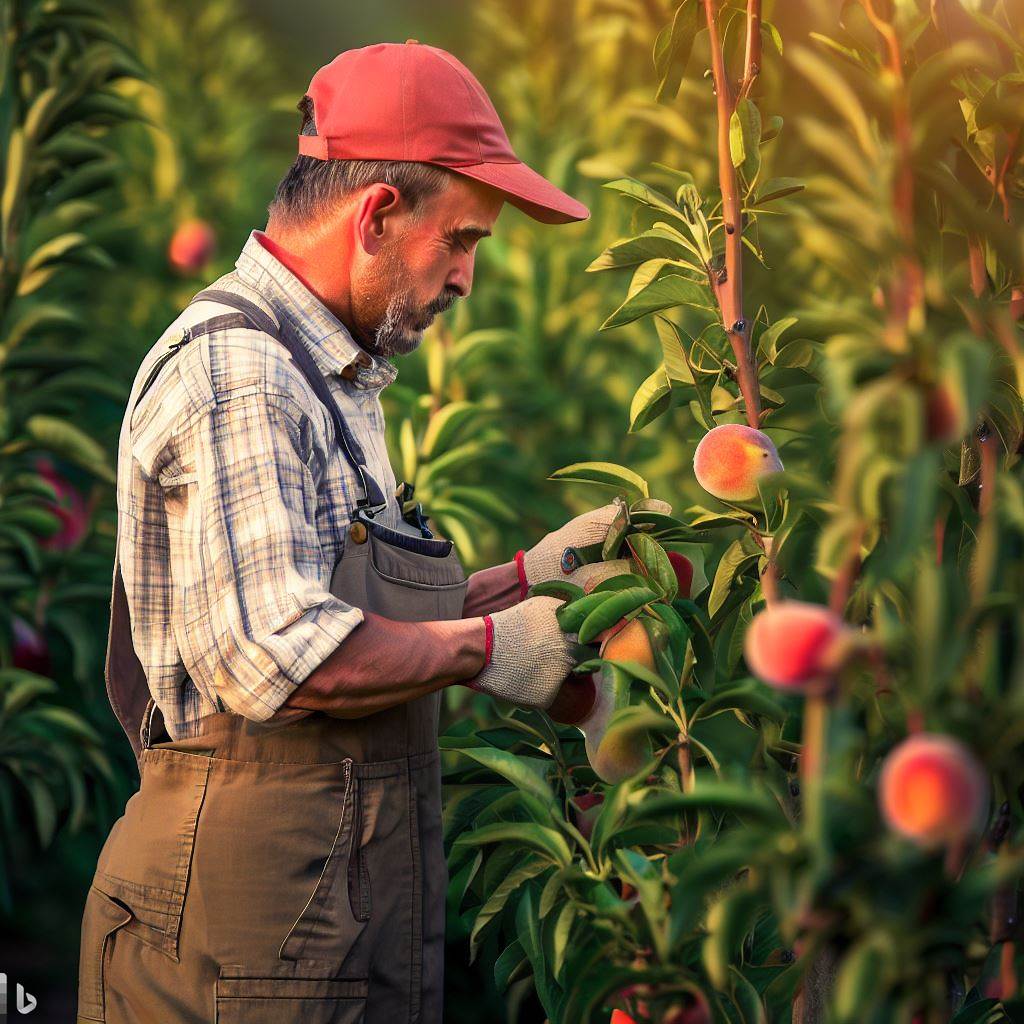
Growing these fruits can be a challenge, but with the right care and conditions, they can be successfully cultivated.
While some vegetables and fruits may pose a challenge to grow due to their specific needs and long growing seasons, they can still be successfully cultivated with the right care and conditions. Understanding the unique requirements of each plant, from germination to harvest, is key. Whether it’s the careful blanching of cauliflower, the meticulous digging of potatoes, or the patient nurturing of muskmelons, each plant offers its own rewarding journey. So, embrace the challenge, apply your gardening skills, and enjoy the fruits (and vegetables) of your labor.
